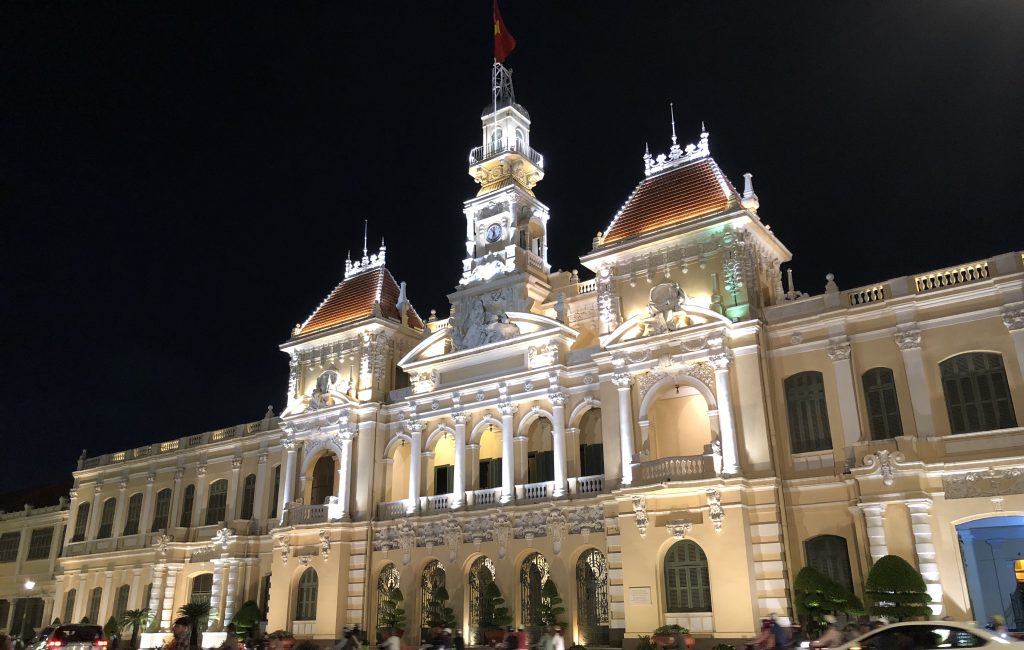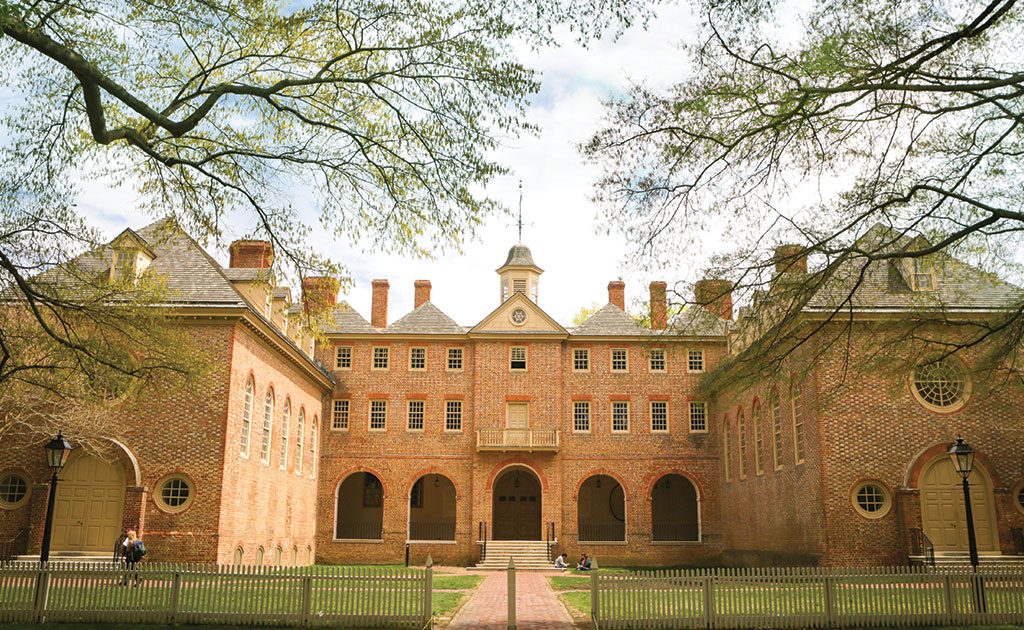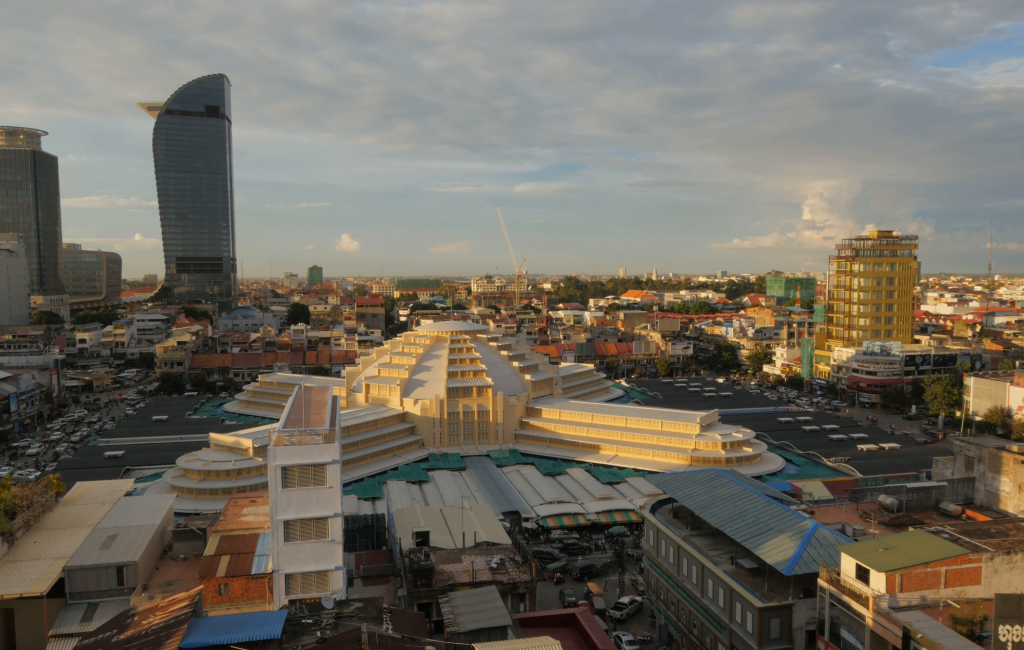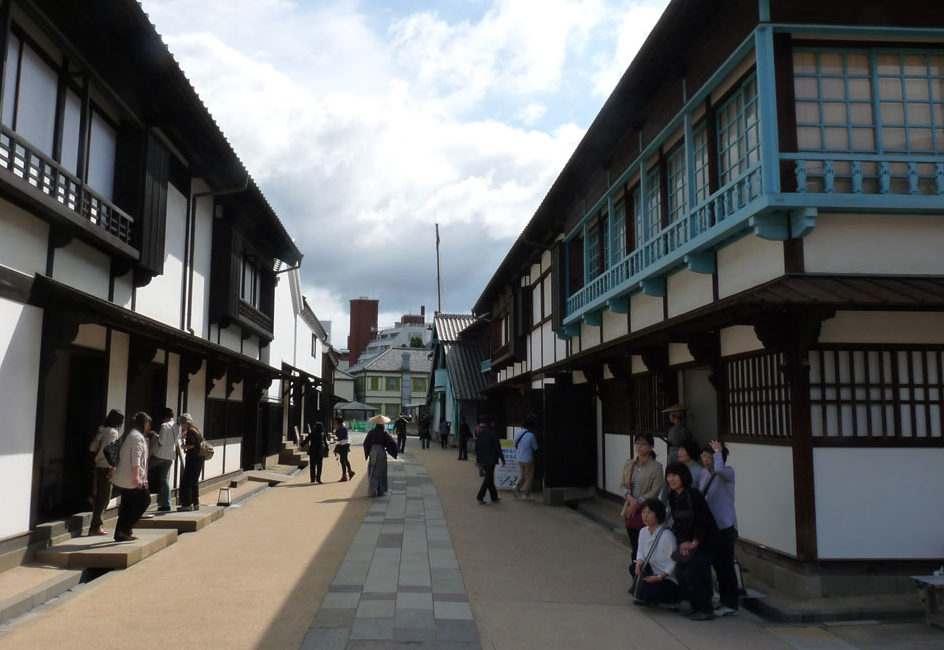
Top 5 Colonial Structures in Nagasaki, Japan
The largest collection of colonial architecture in Japan is in Nagasaki, due to the fact that this was the only port in Japan open to trade with foreigners in Japan for 300 years. The Portuguese first made inroads at Nagasaki, and later the Dutch maintained a relationship with the Japanese there for over 200 years.
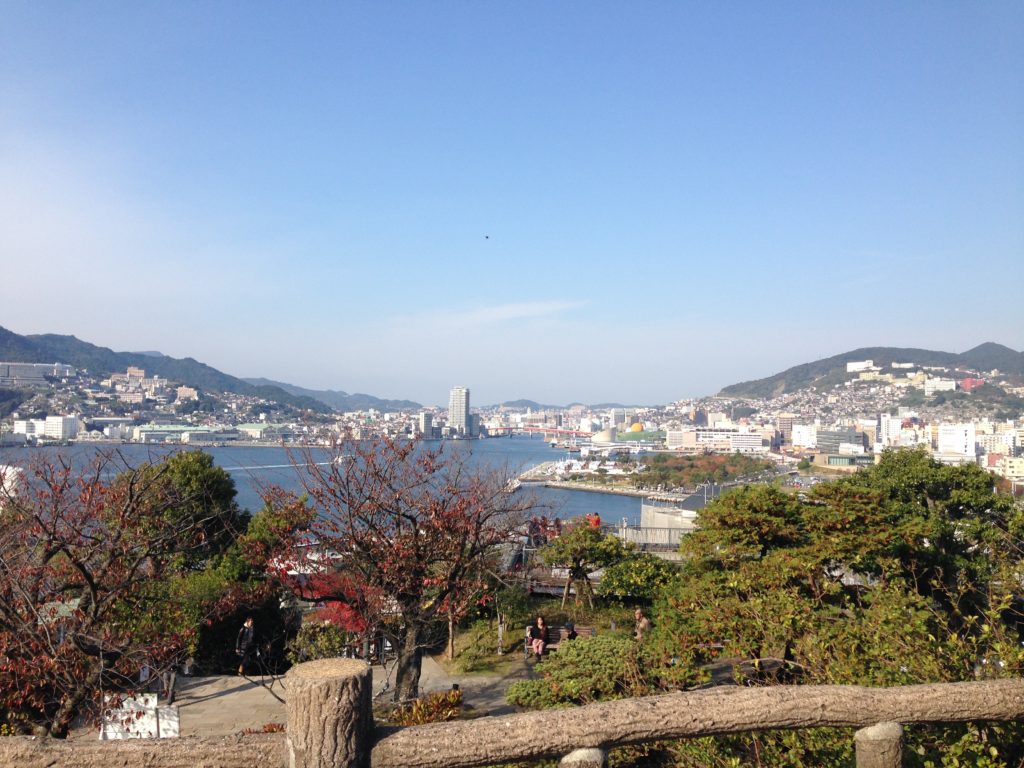
Nagasaki is a beautiful port city with quaint streets, lovely canals and picturesque Japanese temples, and plenty of opportunities to find unheralded gems while walking about the town. If you need a break from walking, the old school tram system is as cool as it is convenient, taking you from the southern part of the city to the northern part in style.
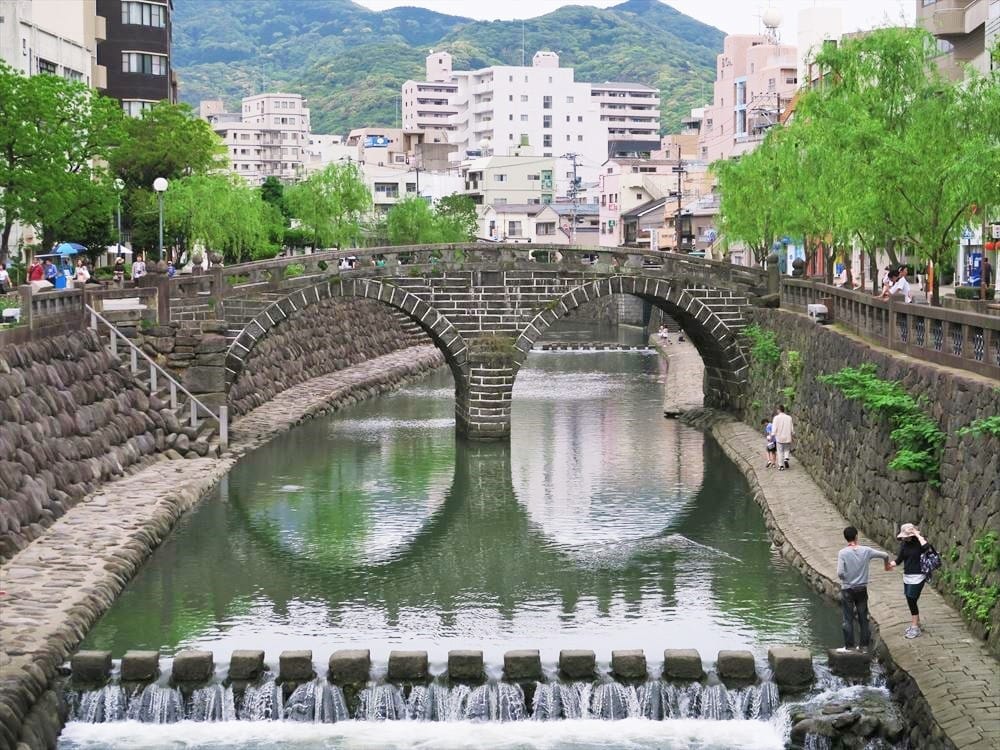
There was a lot of damage done in the dropping of the atomic bomb, but the Nagasaki Peace Museum is there to remind us that it’s a tragedy that should never happen again. Much of the colonial architecture was preserved or reconstructed, which is important in displaying Nagasaki’s heritage.
Nagasaki is a an absolute must see in Asia if you are interested in colonial architecture and history. Here are the top 5 colonial structures to check out plus a few others:
1. Dejima
Dejima is a tiny acre area that was in use for over two hundred years by the Dutch as their home in Japan. This area was the only access point foreigners had to Japan for trade because the rest of the island did not accept outsiders. Dejima is the ultimate colonial complex in Japan, and what you’ll find walking around is an authentic experience in learning about what daily life was like on the ‘island’ 200 years ago.
Two story wood structures line each side of the avenue, where much of the trading storage remained underneath the living quarters. These buildings are constructed in Japanese style, but with some Dutch touches like the balustrades on the second level. You’ll find two Dutch colonial structures in the complex – one being the old international club and the other a seminary.
Admission: 600Y (5 USD).
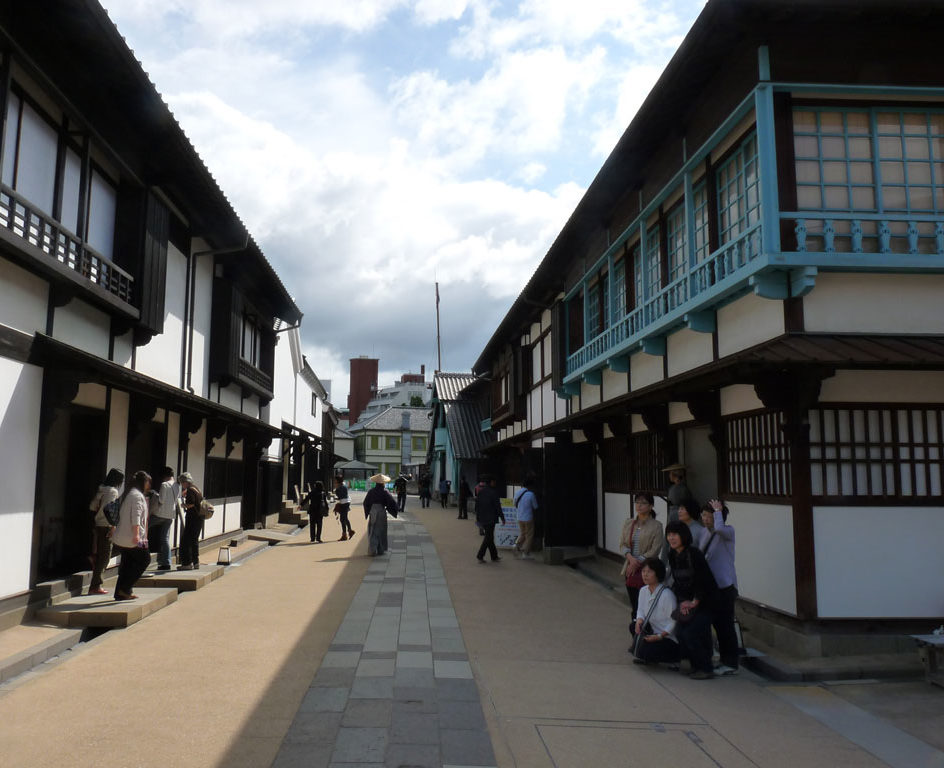
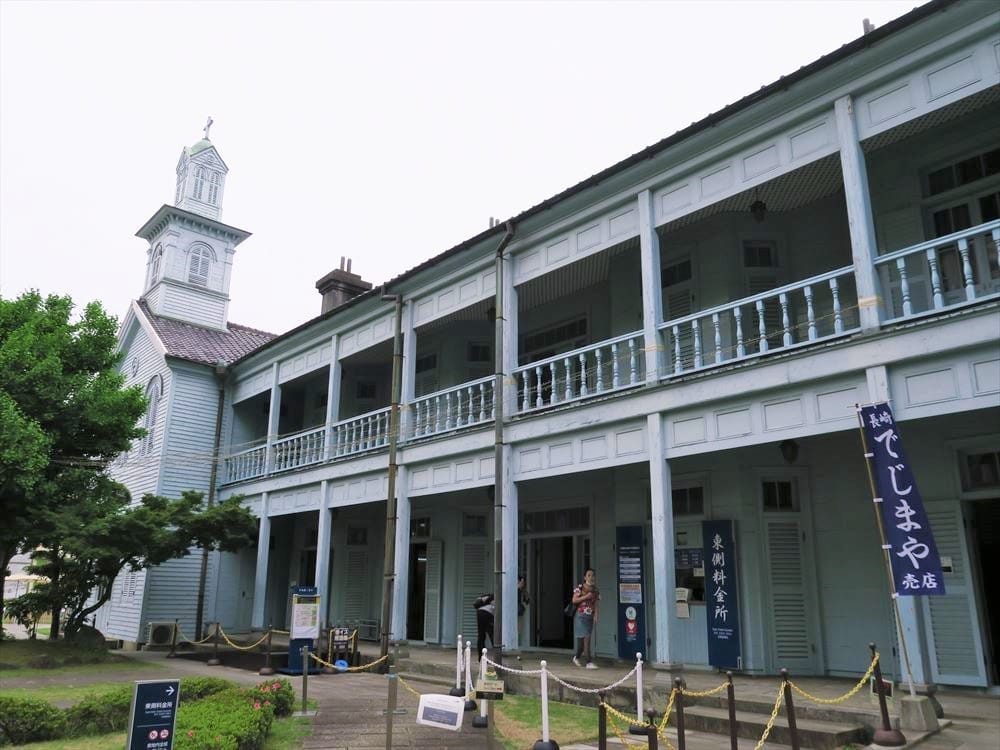
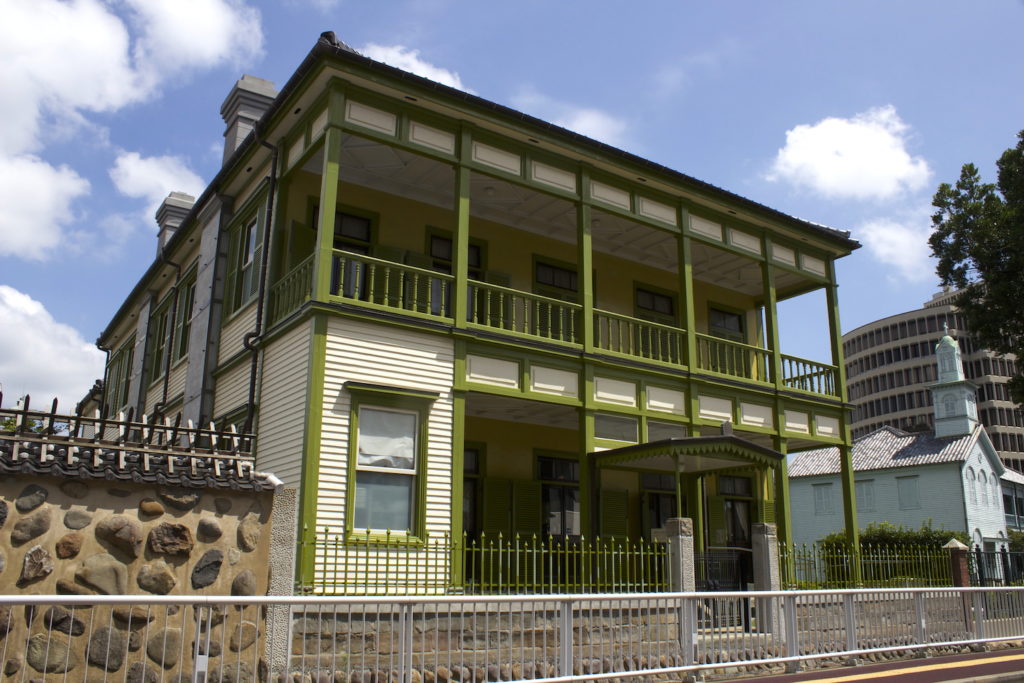
2. Oura Cathedral
Oura Cathedral is a large, Gothic church located on the slope heading up towards the Glover House. This is also known as the 26 martyrs cathedral, because it was built by French Franciscans to honor the 26 martrys who perished of anti-Christian emperor, Toyotomi Hideyoshi, in 1597.
With vaulted ceilings inside, and a rising spire above pointed arch windows, the church makes for an imposing structure. It is considered the oldest church in Japan and was the first Western-style building to receive ‘National Treasure’ designation. Be sure to visit the old Latin seminary and residence next door for more information.
If you want to know even more about the 26 martyrs and Christianity in Japan, read ‘Silence’ by Shusaku Endo and watch the adapted movie directed by Martin Scorsese.
Admission: 600Y (5 USD) for Oura Church and the old Latin Seminary & residence.
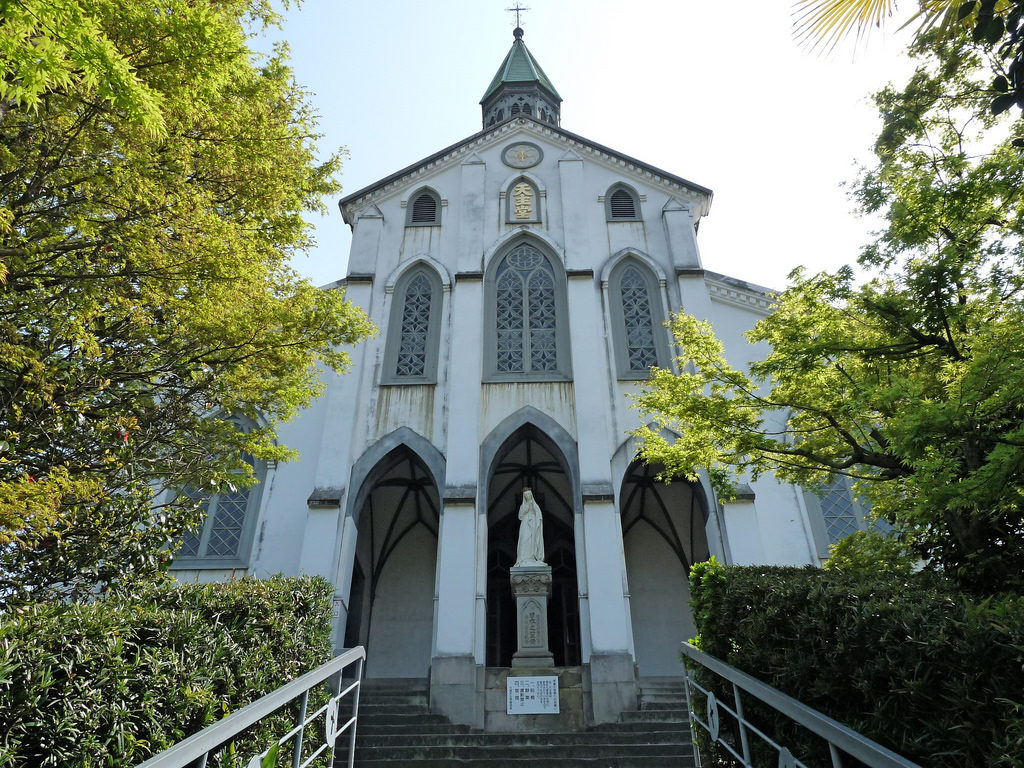
3. Glover House
Glover House was constructed in 1863 by a Japanese carpenter, Hidenoshin Koyama, and is the oldest surviving Western style building in Japan. Scottish entrepreneur Thomas Glover commissioned a garden (now known as Glover Garden) to be built after achieving success in trading, coal mining, and even brewing. Cheers to Mr. Glover.
The house is a simple dwelling, that of Japanese style, but with Western elements such as the columns, arched lattices, french doors, and lunettes.
Admission: 600Y (5 USD) entrance to Glover Garden.
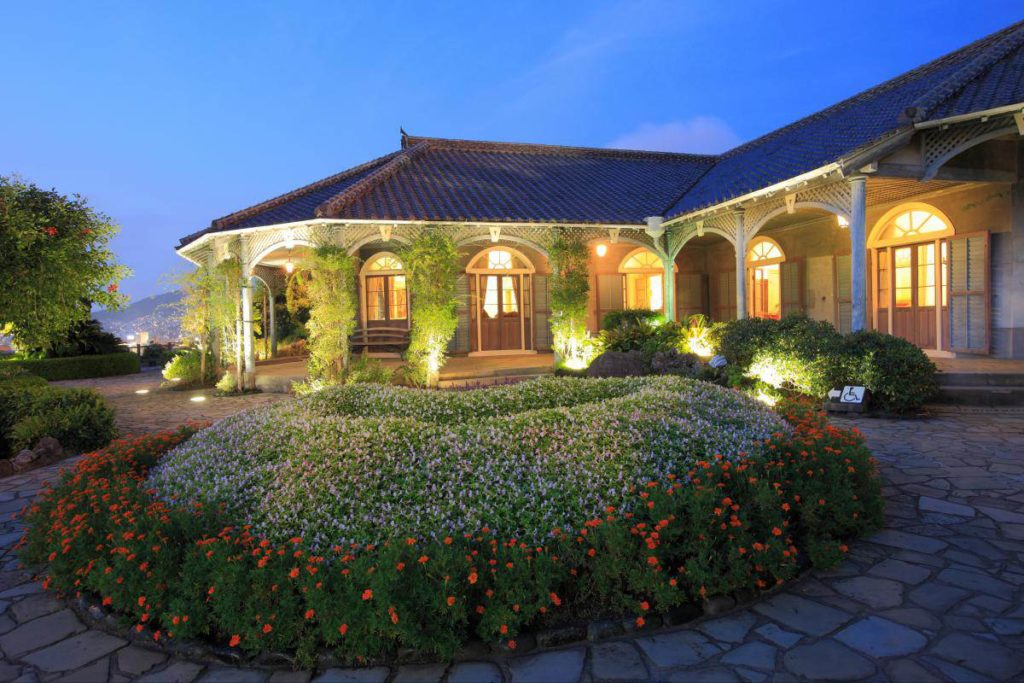
4. Urakami Cathedral
Urakami Cathedral was built in 1895, but was destroyed by the atomic bomb as it is only 500 metres from the epicenter. It was reconstructed in 1959 on the same ground as a symbol of Christianity surviving in Nagasaki despite the hardships endured. It’s a brick neo-Romanesque structure with distinct twin spires standing tall. In 1962, it replaced Oura Catholic Church as the Cathedral of the Nagasaki Archdiocese.
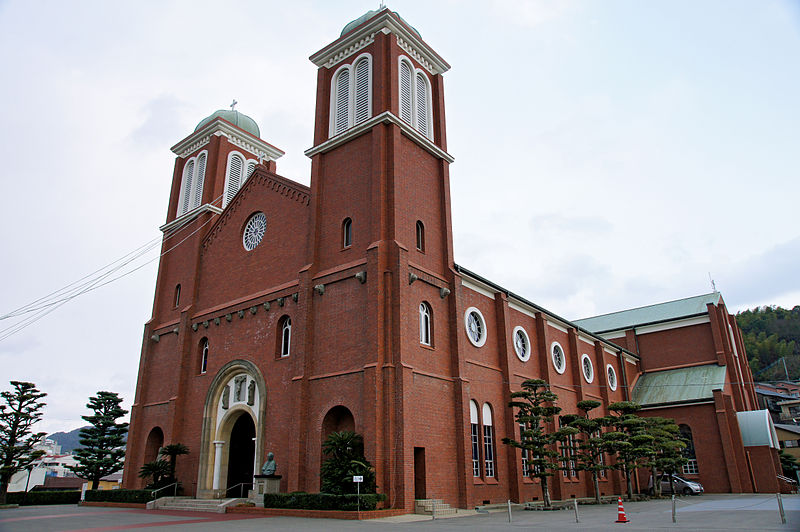
5. Former British Consulate
The former British Consulate consists of two brick structures just south of Dejima. The first building is the headquarters, and the other is the staff house. The headquarters is a Victorian style building with two stories with three sets of double Ionic columns and balustrades on the upper level and three quoined arches on the first level. You can find similar designs elsewhere in Japan and Taiwan. Unfortunately, they are both closed to the public, but you can view especially the staff house up close and personal.
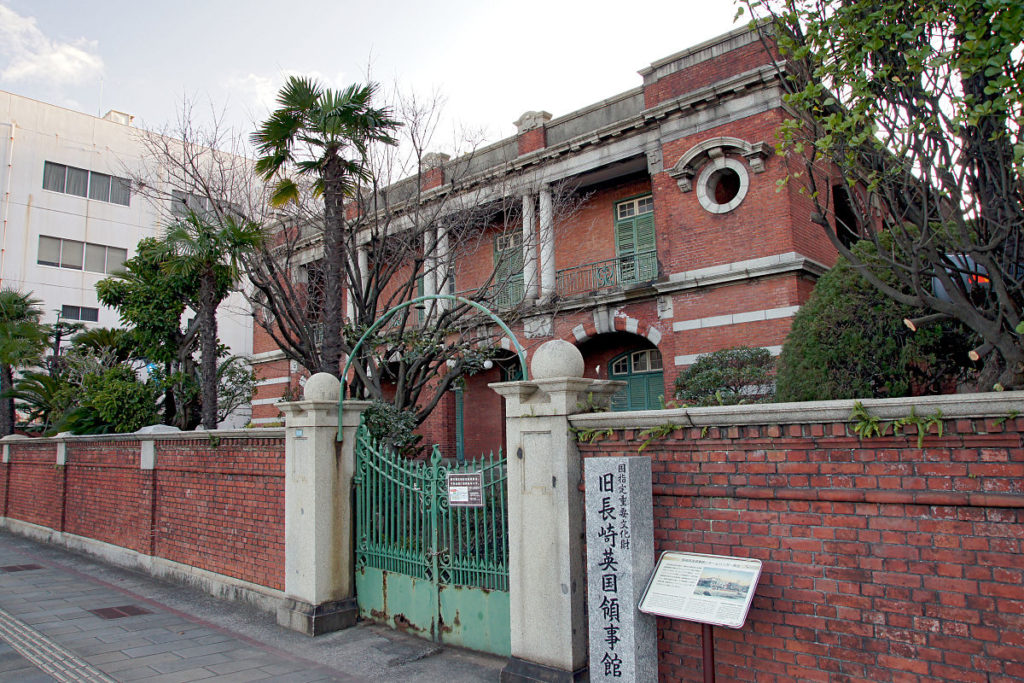
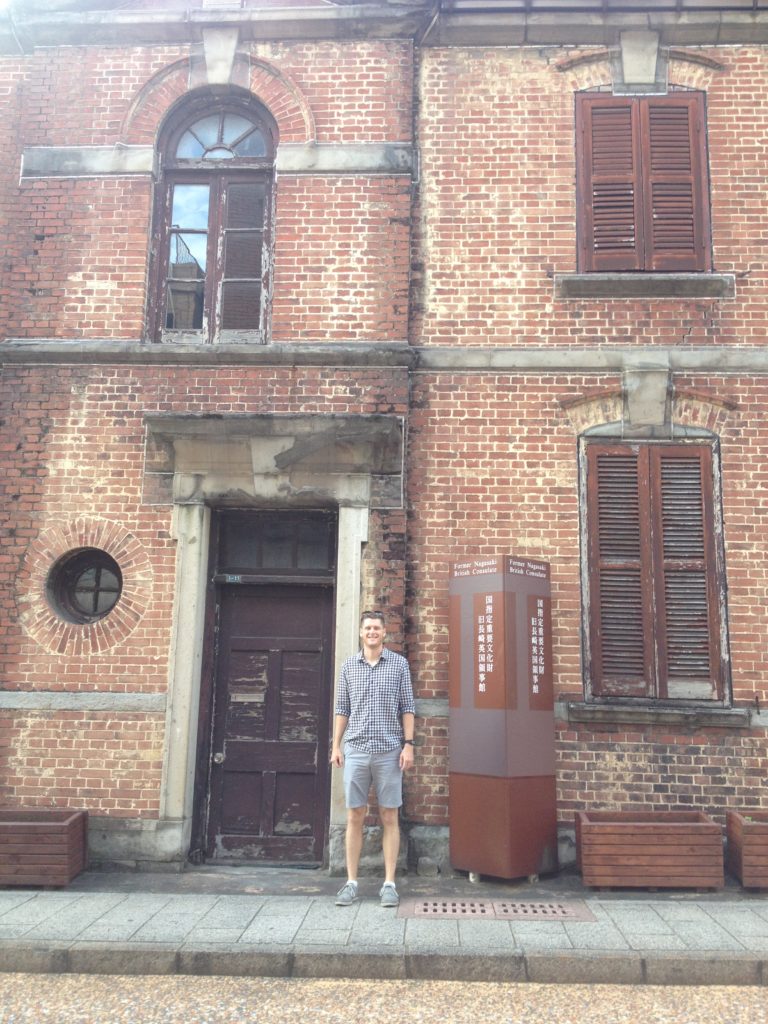
Others to check out:
Mitsubishi No. 2 Dock House
Located in the Glover Garden, this dock house was used for crews who needed rest while their ships were in the harbor for repairs. With eight simple columns, french windows & shutters, and upper verandah, it’s a fully Western structure. Get out there and admire the incredible view of Nagasaki Harbor.
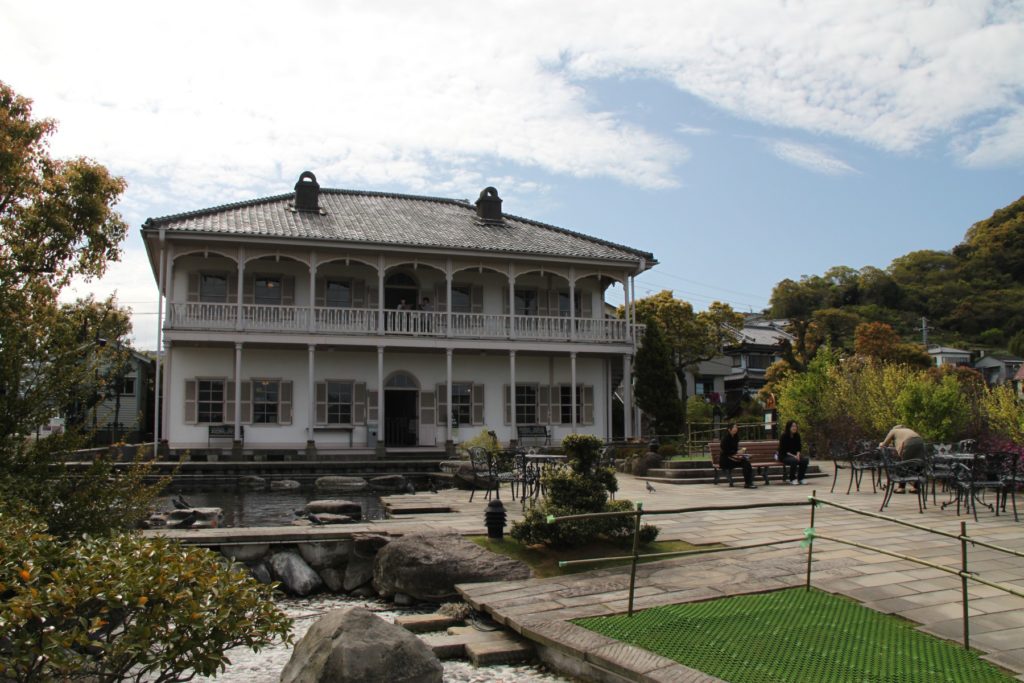
Former Alt House
The Former Alt House is also located within Glover Garden, with a better design than the Glover House, in my opinion. A wraparound portico supported by stone Doric columns stretches across the front of the house, and a central overhang supported by the same style columns with a pediment above creates the main entrance. Large, French windows and shutters finish off a beautiful design for the house.
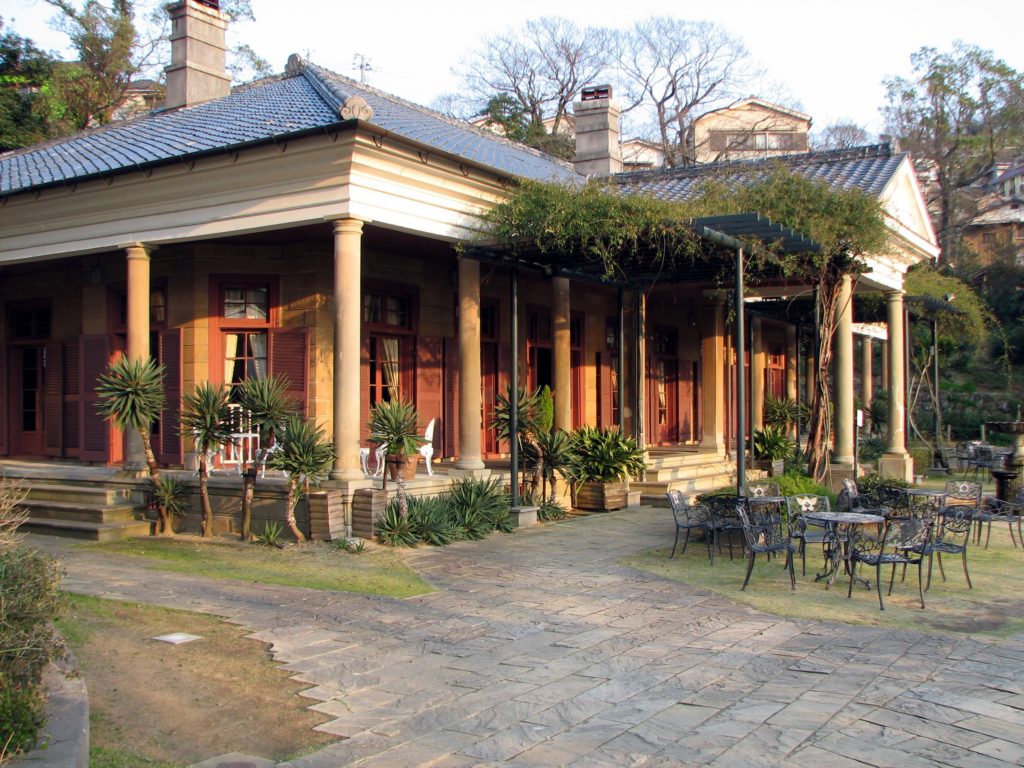
Former Ringer House
With stone imported from Vladivostok, Russia, a wood frame, sandstone walls, and a mix of Japanese and Western styles, the Former Ringer House makes for a unique structure. Supported by columns, the portico stretches around the front of the house, much like the Former Alt House. Fun facts: Mr. Ringer started the first English newspaper in Nagasaki (Nagasaki Press) and built the first tennis courts in Japan on his grounds.
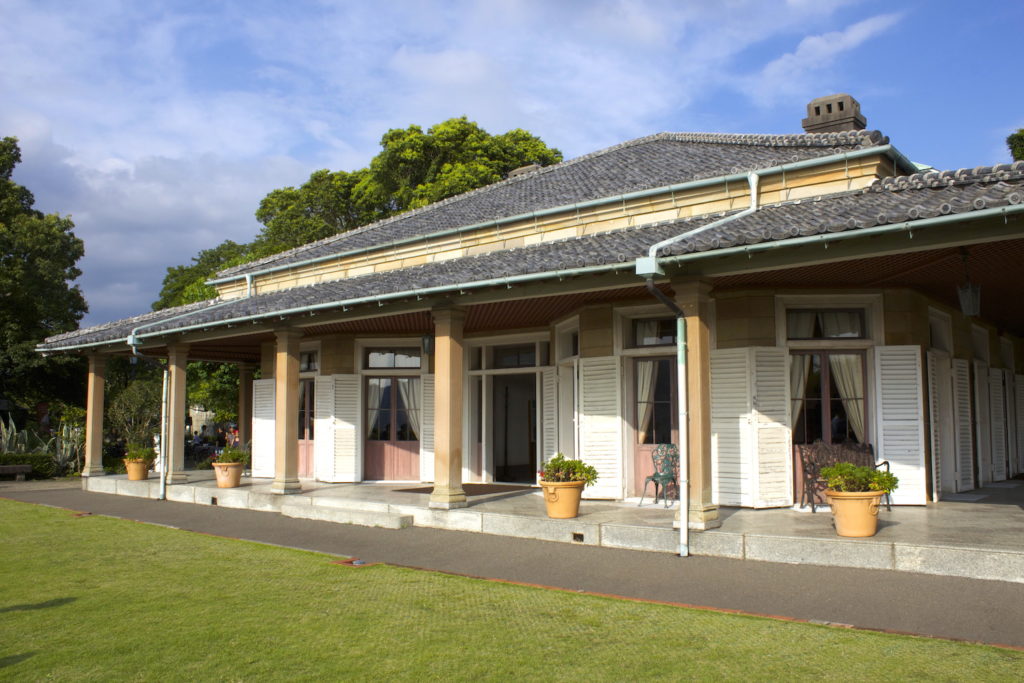
Note: Buildings are judged on 1. Historical significance, 2. Architectural design, 3. Importance to community, and 4. Impression and aura. Think I missed one? Let me know in the comments!
Map:
Latest posts by Doug Chesney (see all)
- 48 Hours in Ho Chi Minh City, Vietnam - November 9, 2018
- The Nine Colonial Colleges - October 3, 2018
- Top 10 Colonial Buildings in Phnom Penh - September 12, 2018

